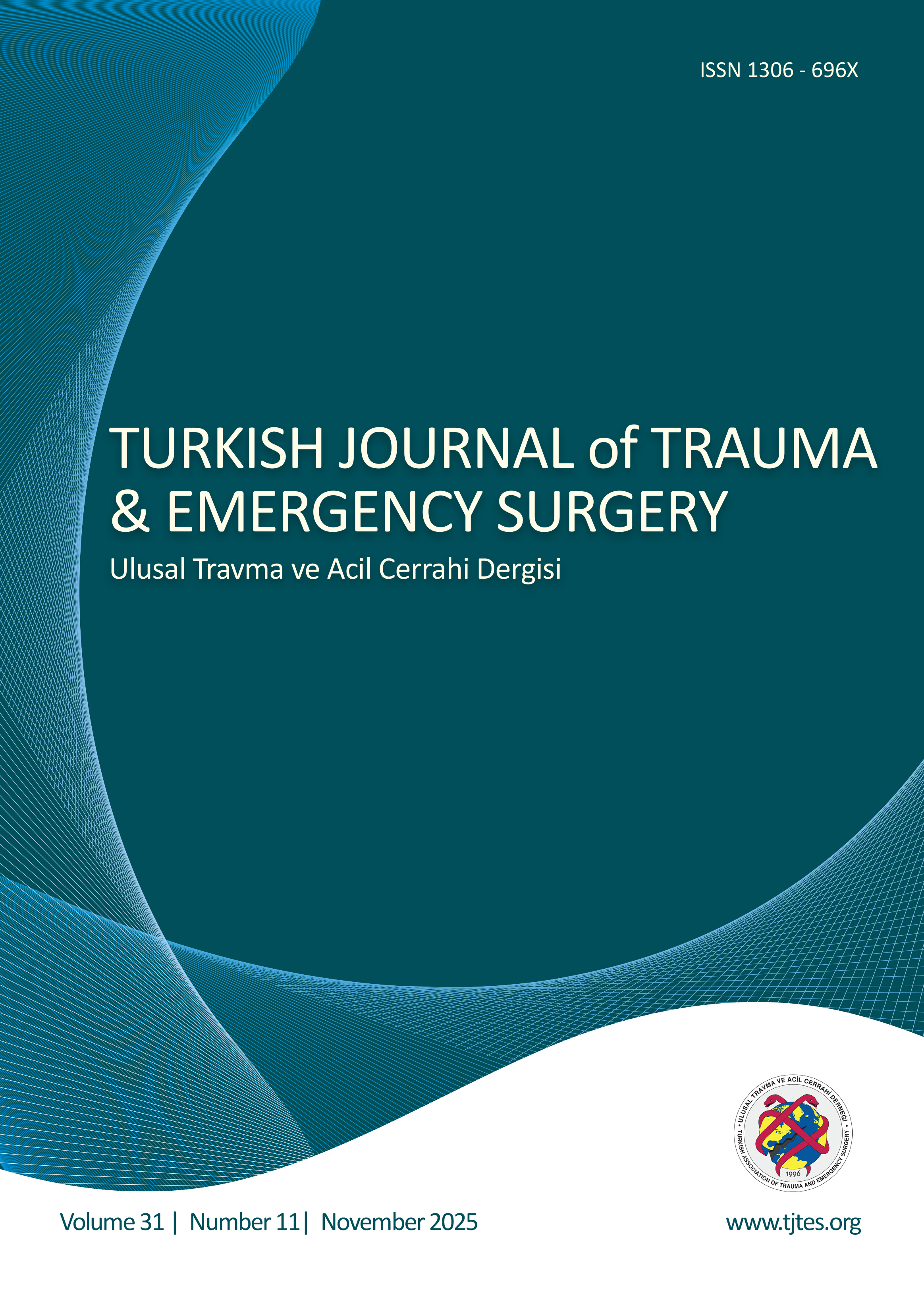Hızlı Arama
Diz artroplastilerinde hemofilik ve non-hemofilik hastaların analjezik tüketimlerinin karşılaştırılması
Nur Canbolat1, Tuğçe Dinç1, Kemalettin Koltka1, Bulent Zulfikar2, Başak Koç2, Önder İsmet Kılıçoğlu3, Mehmet I. Buget11İstanbul Üniversitesi İstanbul Tıp Fakültesi, Anesteziyoloji Anabilim Dalı, İstanbul2İstanbul Üniversitesi, Onkoloji Enstitüsü, Pediatrik Hematoloji-Onkoloji Bilim Dalı, İstanbul
3Koç Üniversitesi Tıp Fakültesi, Ortopedi ve Travmatoloji Anabilim Dalı, İstanbul
AMAÇ: Hemofili, faktör VIII ya da IX eksikliği sonucu gelişen, nadir, herediter bir kanama bozukluğudur. Artropati, sinovit ve artrit gibi hemofilinin uzun dönem komplikasyonları tekrarlayıcı kronik ağrı gelişimine yol açabilir. Bu nedenle ağrı, hemofilinin kritik bir yönüdür. Son dönem hemofilik diz artropatisi için altın standart tedavi total diz artroplastisidir. Bu çalışmanın hipotezi; diz replasman cerrahisi sonrası, kronik analjezik tüketimi olan hemofilik hastaların hemofilik olmayan hastalara göre daha yüksek ağrı düzeyleri deneyimleyeceğidir.
GEREÇ VE YÖNTEM: Bu geriye dönük çalışmaya, genel anestezi altında ameliyat edilmiş hemofilik ve hemofilik olmayan total diz artroplastisi hastası 82 hasta alındı. Yetmiş üç hasta değerlendirmeye alındı ve hastalar hemofili tanısı olup olmamasına göre 2 gruba ayrıldı: 36 hasta hemofili grubunda ve 37 hasta hemofilik olmayan grupta incelendi.
BULGULAR: Ameliyat sonrası tramadol (p=0.002) ve petidin tüketimi (p=0.003) de hemofilik grupta anlamlı olarak daha yüksekti. Hastane yatış süresi hemofilik grupta anlamlı olarak daha uzundu (p=0.0001).
TARTIŞMA: Bu bilgiler ışığında, hemofili hastalarının akut ameliyat sonrası ağrı yönetiminin, kişiye özel, multimodal ve önleyici bir analjezi olarak planlanması gerektiğini düşünmekteyiz.
Anahtar Kelimeler: Ameliyat sonrası analjezi, genel anestezi, hemofili, total diz artroplastisi.
Comparison of analgesic consumption of hemophilic and non-hemophilic patients in knee arthroplasty
Nur Canbolat1, Tuğçe Dinç1, Kemalettin Koltka1, Bulent Zulfikar2, Başak Koç2, Önder İsmet Kılıçoğlu3, Mehmet I. Buget11Department of Anesthesiology, İstanbul University İstanbul Faculty of Medicine, İstanbul-Türkiye2Department of Pediatric Hematology/Oncology, İstanbul University Institute of Oncology, İstanbul-Türkiye
3Department of Orthopedics and Traumatology, Koç University Faculty of Medicine, İstanbul-Türkiye
BACKGROUND: Hemophilia is a rare hereditary bleeding disorder that develops as a result of factor VIII or IX deficiency. Long-term complications of hemophilia such as arthropathy, synovitis, and arthritis can lead to the development of recurrent chronic pain. Pain is therefore a critical aspect of hemophilia. The gold standard treatment for end-stage hemophilic knee arthropathy is total knee arthroplasty (TKA). The hypothesis of this study was that after knee replacement surgeries that cause severe post-operative pain, hemophilia patients with chronic analgesic consumption may experience higher levels of pain than non-hemophilic patients, and use more opioid and non-opioid drugs.
METHODS: This retrospective study included 82 patients who were hemophilic and non-hemophilic TKA patients operated under general anesthesia. Seventy-three patients were evaluated and divided into two groups according to the diagnosis of hemophilia: 36 patients were investigated in the hemophilic group and 37 patients in the non-hemophilic group.
RESULTS: Post-operative tramadol consumption (p=0.002) and pethidine consumption (p=0.003) were significantly higher in the group hemophilia. The length of stay in the hospital was also significantly longer in the hemophilic group (p=0.0001).
CONCLUSION: In the light of these informations, we think that acute post-operative pain management of hemophilia patients should be planned as personalized, multimodal preventive, and pre-emptive analgesia.
Keywords: General anesthesia, hemophilia, post-operative analgesia, total knee arthroplasty.
Makale Dili: İngilizce





